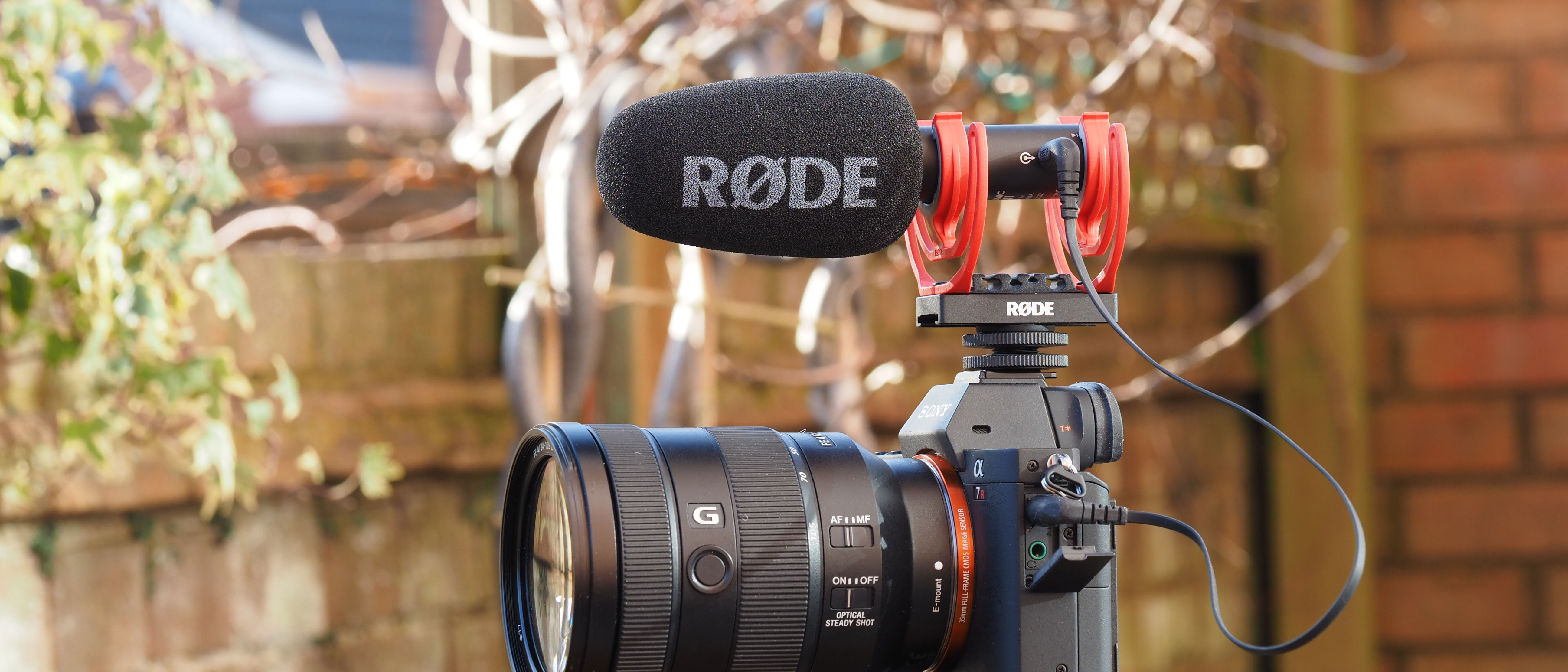Digital Camera World Verdict
RØDE highlights the VideoMic GO II’s improved audio quality, but the bigger news for us is its new, additional USB output – now you can use it not just with your camera but with your smartphone and your computer too. It’s perfect as a first ‘do-it-all’ mic for vloggers and budding filmmakers. For interviews, presentations and voiceovers it’s not quite the same as a lavalier (lav) lapel mic – but RØDE makes those too!
Pros
- +
Great value for money
- +
New-found versatility
- +
Audio monitoring in USB mode
Cons
- -
USB cables not included
- -
You need TRS not TRSS headphones
Why you can trust Digital Camera World
The RØDE VideoMic GO II is the ideal external microphone for vloggers and amateur filmmakers who want to take a step up in audio quality. Everyone focuses on video specs for filmmaking, but usually it’s poor quality audio that wrecks the show and makes your efforts look amateur.
The VideoMic GO II does two important things. First, it offers much better audio capture than the tiny mics built into cameras. Second, it’s ‘directional’ – a ‘shotgun’ mic – that captures the sound in the direction it’s pointing. It comes with a hotshot mount for fixing directly to the top of your camera, so wherever the camera is pointing, so is the mic.
Specifications
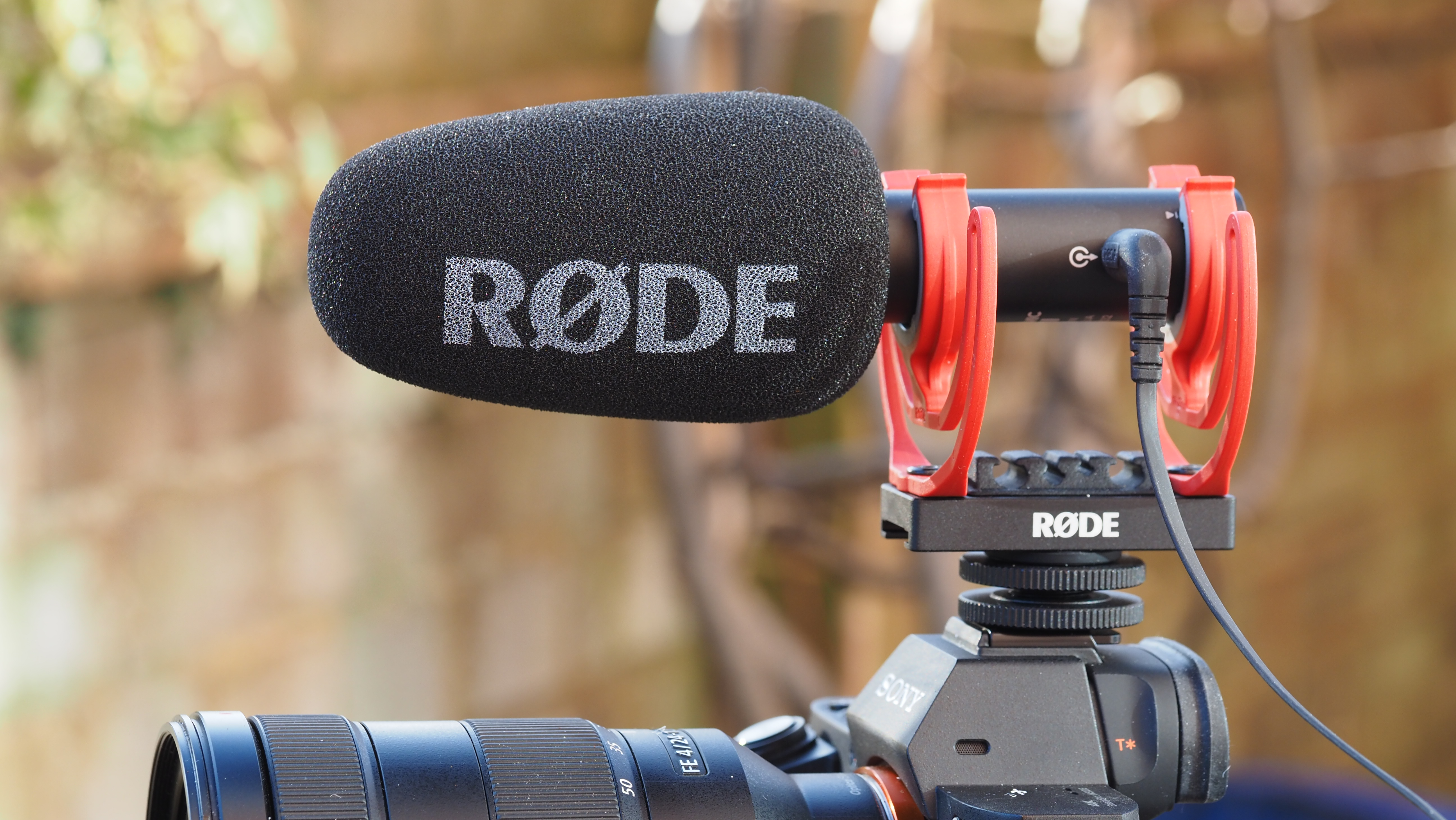
Acoustic Principle: Pressure gradient electret condenser
Polar Pattern: Supercardioid
Frequency Response: 20Hz - 20kHz
Signal-to-Noise Ratio: 79 dBA
Dynamic Range: 95 dBA Typical
Sensitivity: -31dBV(28.78mV @ 94dB SPL) ± 1dB @ 1kHz
Max Input SPL: 110 dB SPL
Output Connection: 3.5mm TRS
USB-C Connectivity: USB-C (USB 2.0)
Power Requirements: 3.5mm plug-in power 2-5V, USB 5V
Bit Depth: 24-bit
Sample Rates: 48 kHz
Minimum OS: macOS 10.15, Windows 10 (20H2), iOS 14, Android 9.0
Weight (with mount and cable): 96g
Dimensions (inc mount): 150mm (L) x 70mm (W) x 86mm (H)
Included Accessories: 3.5mm TRS to TRS cable, Foam Windshield, SM8-R Shockmount
Key features
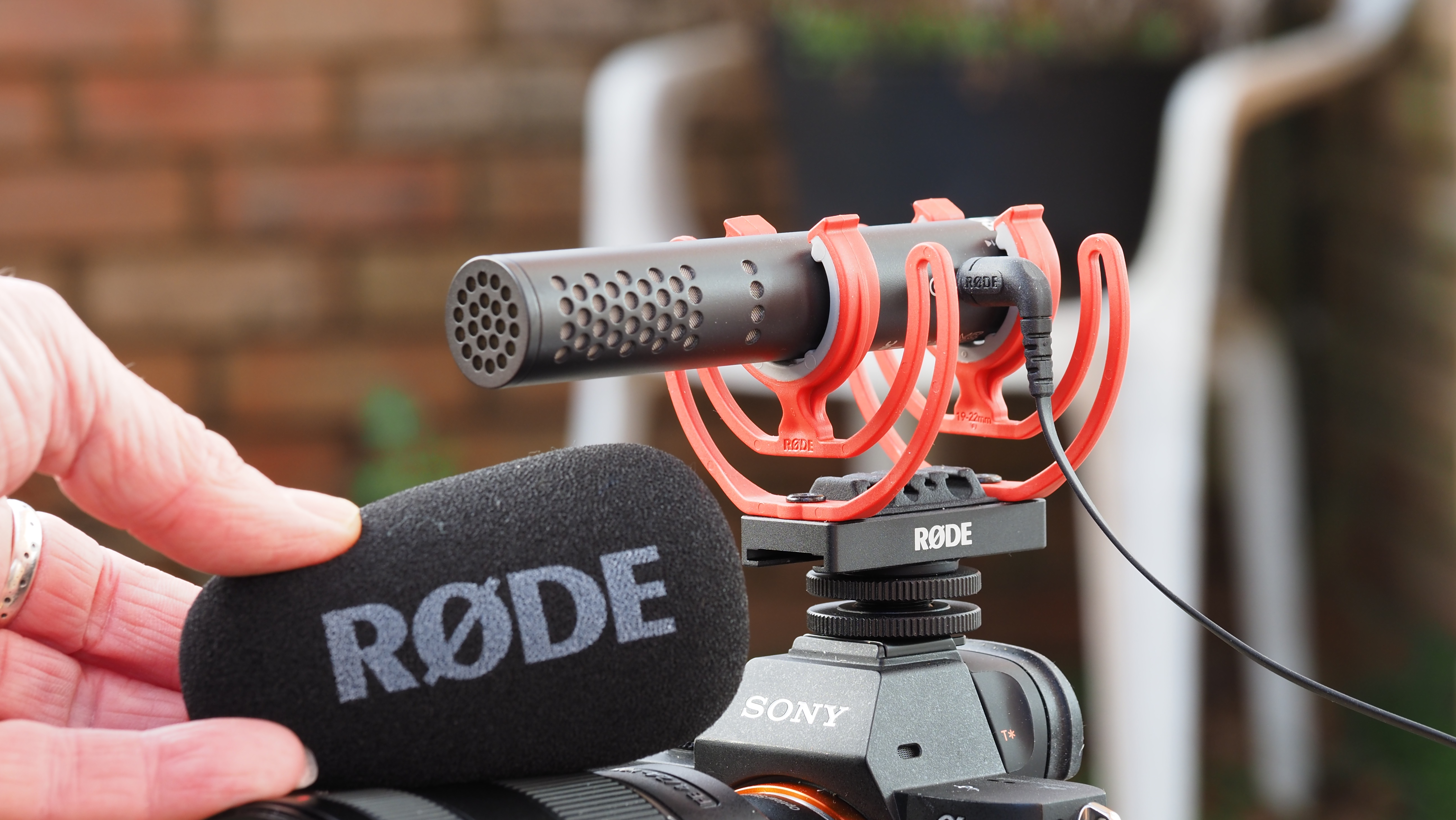
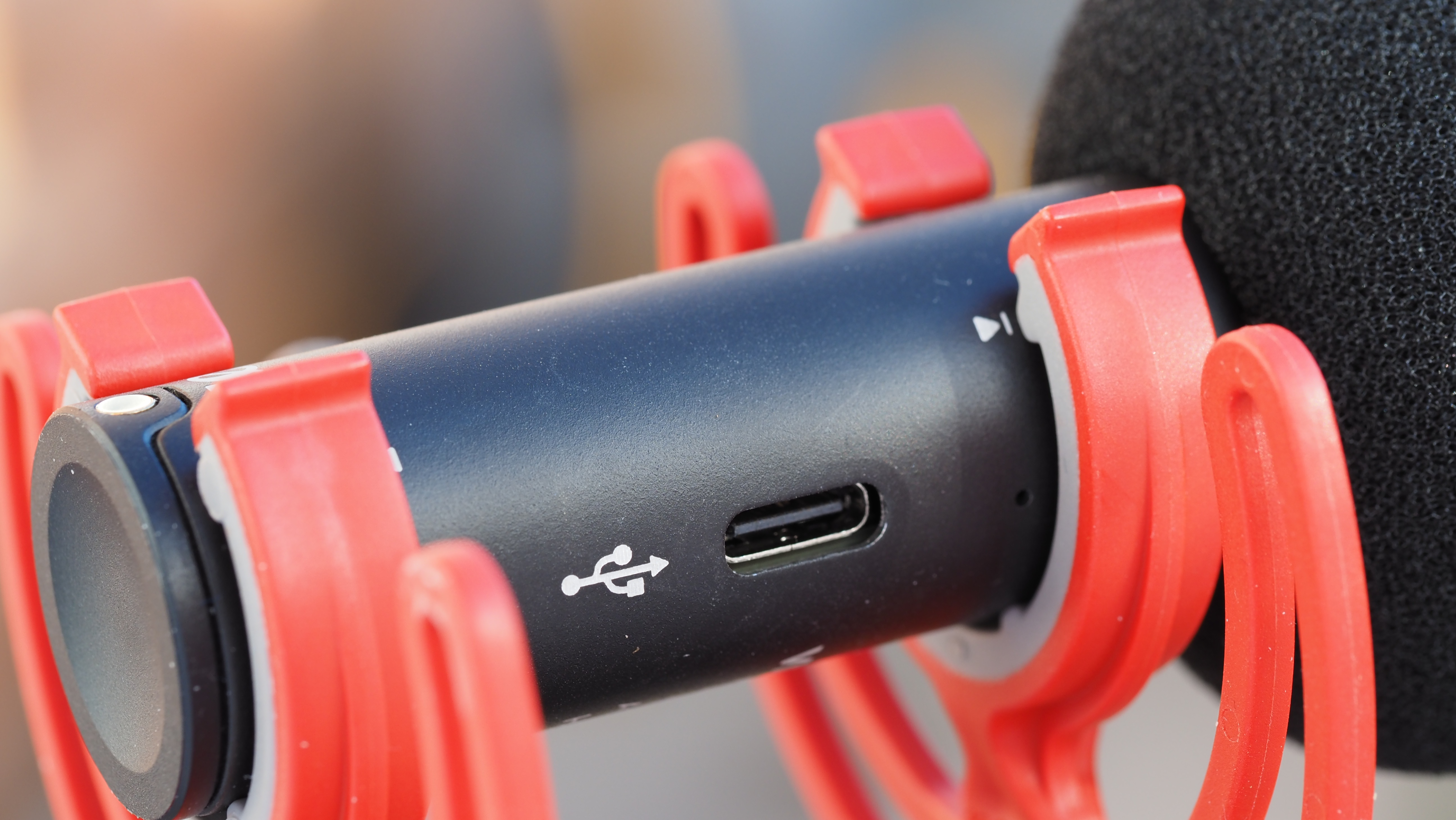
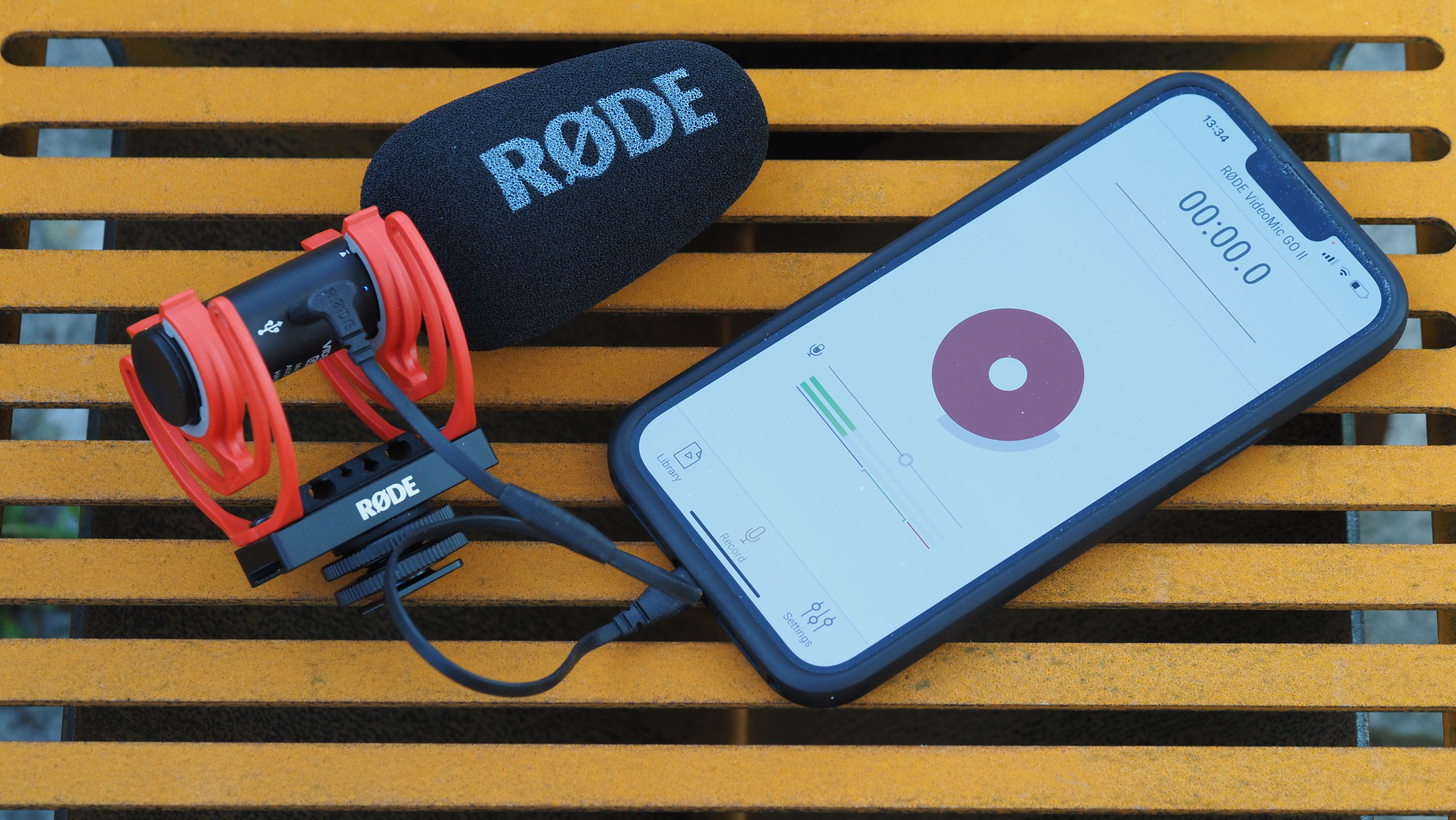
You connect the VideoMic GO II to your camera via the supplied 3.5mm cable. Almost every mirrorless camera and DSLR (and some vlogging compacts) has a mic socket – you plug in the RØDE, it overrides the inbuilt camera mic and that’s all you need to know.
That’s the basis for most on-camera mics, including the original RØDE VideoMic GO. You can use a regular mic with a smartphone or a computer, but these are typically set up for USB rather than audio input, which is why desktop vloggers and podcasters use USB mics instead.
But the new VideoMic GO II also has USB output, so with the right cable, e.g. USB C to Lightning, USB C to USB C or USB C to USB A, you can simply plug the GO II into any of these devices. You may have these cables already; if not, you should factor in the extra cost.
There’s one more trick. When you connect the GO II via USB, its 3.5mm socket becomes a headphone output – you can use it to monitor audio levels while you’re recording. This is the next step up for audiophiles who want the best sound quality for their videos. At the very least it can tell you if you need to move to a quieter environment or if you need to reshoot because of unwanted noise or indistinct speech.
Build and handling
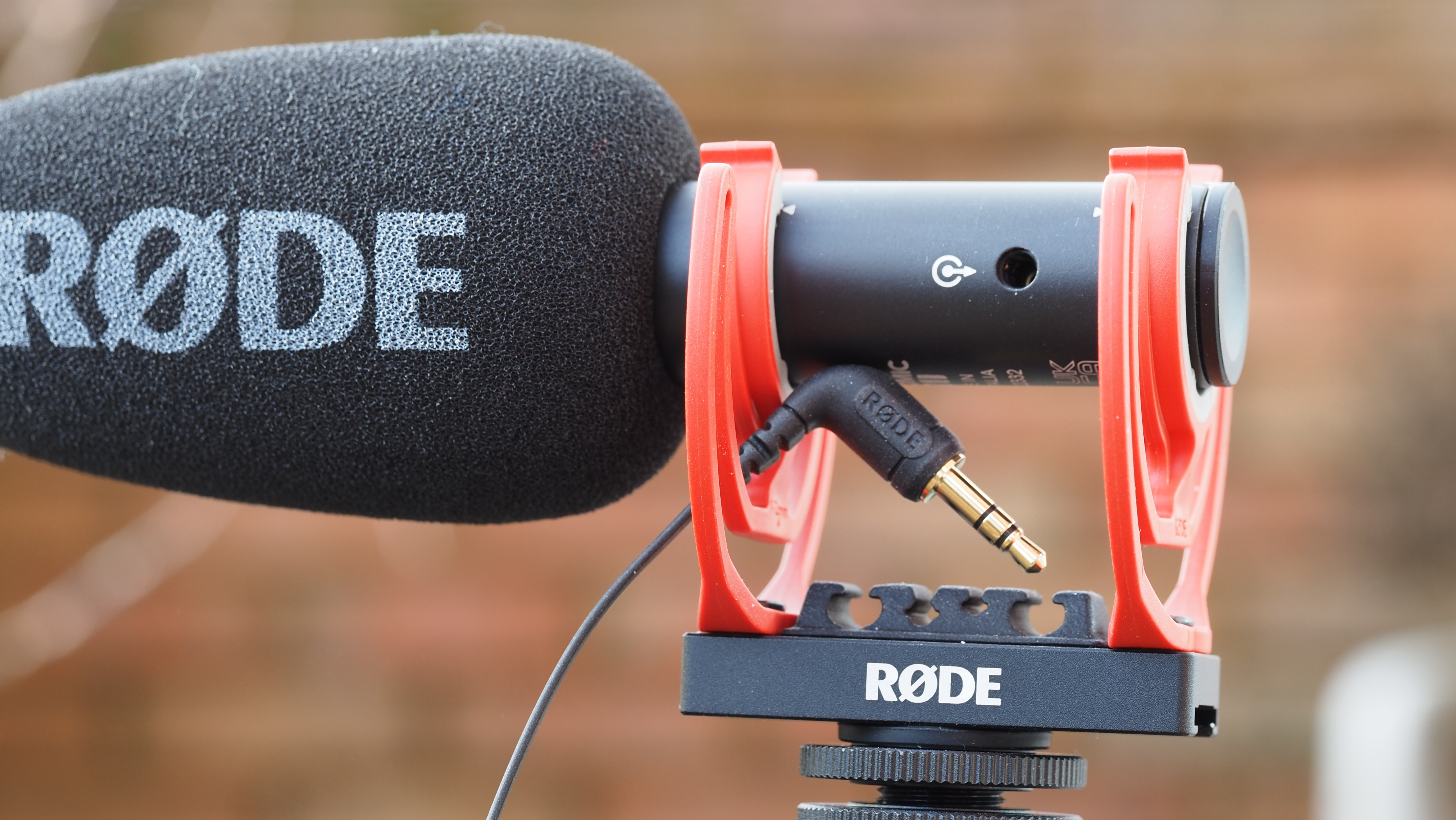
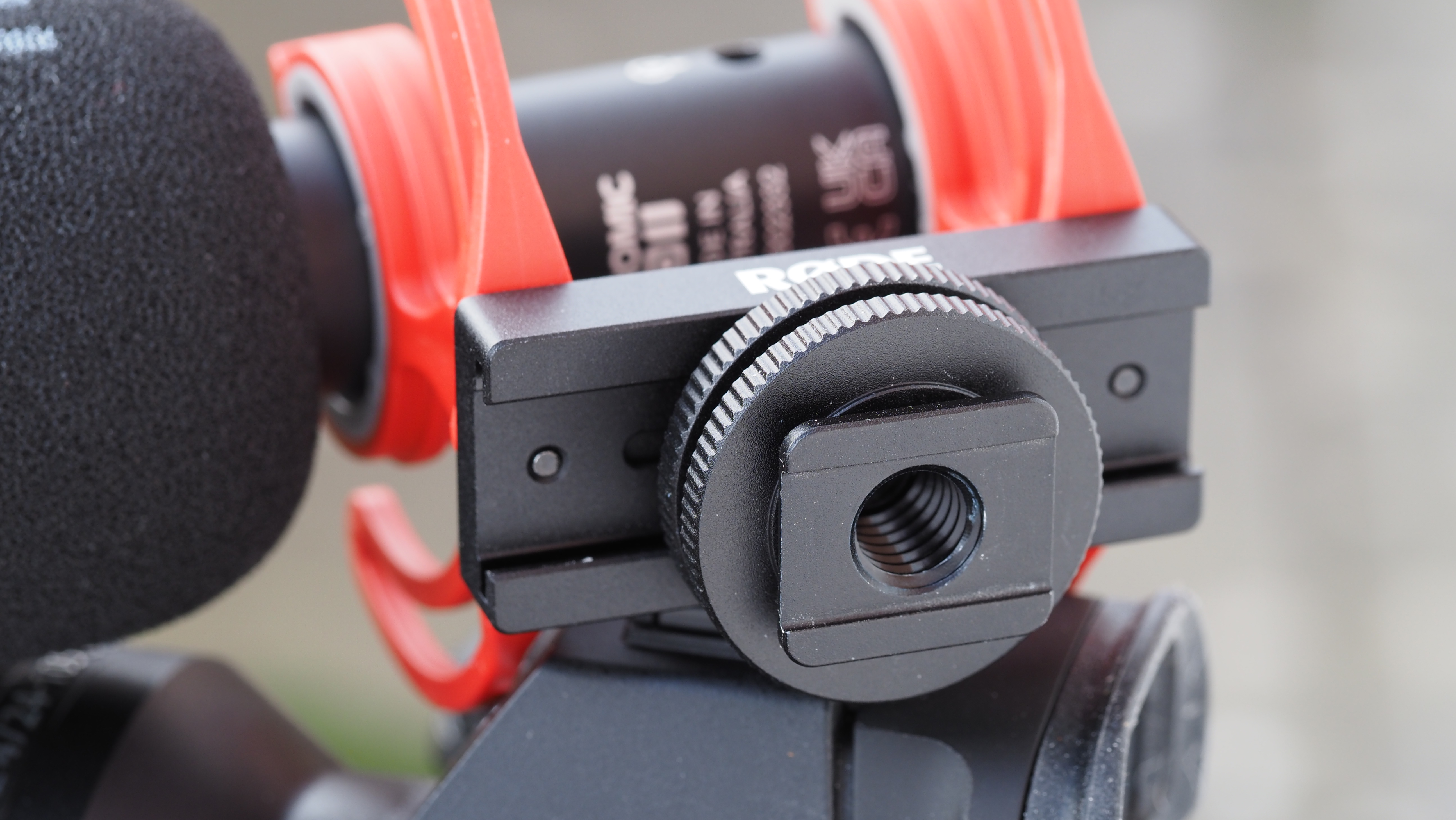
The VideoMic GO II itself feels extremely light and the included foam windshield adds hardly any weight itself. The orange Shockmount cradle has a curious wobbly feel for those not used to on-camera microphones, but that’s it’s job. It actually takes a bit of pressure to push the GO II into the mount, and once it’s there, it’s gripped like iron.
The base of the Shockmount has a hotshot mount for fitting straight to the top of the camera or a cold shoe attachment. It also has a tripod screw thread in the base, though this is in the larger 3/8” size rather than the 1/4” screw used by cameras, so you’ll probably need a step-up sleeve to fit the camera plate on our tripod. It’s a minor annoyance – they don’t cost much and you might have one already – but it’s good to know about.
The GO II draws its power straight from the camera or your computer’s USB port, so there’s no battery to charge up and no power switch – just plug it in and check the small blue power lamp is lit.
The point is, it all works with no fuss, straight out of the box. The only thing to be aware of is that the 3.5mm socket is a TRS type (tip-ring-sleeve), not TRRS (tip-ring-ring-sleeve). TRS sockets are the standard for audio recording and cameras, but TRRS is used on smart devices and incorporates a fourth connector for the inbuilt mic commonly included in headphone and earbud sets. So you can physically plug your smartphone’s TRRS earbuds into the GO II to monitor audio, but the built-in mic is really going to mess with the sound. You will need regular old-school TRS headphones to use the audio monitoring option.
Verdict
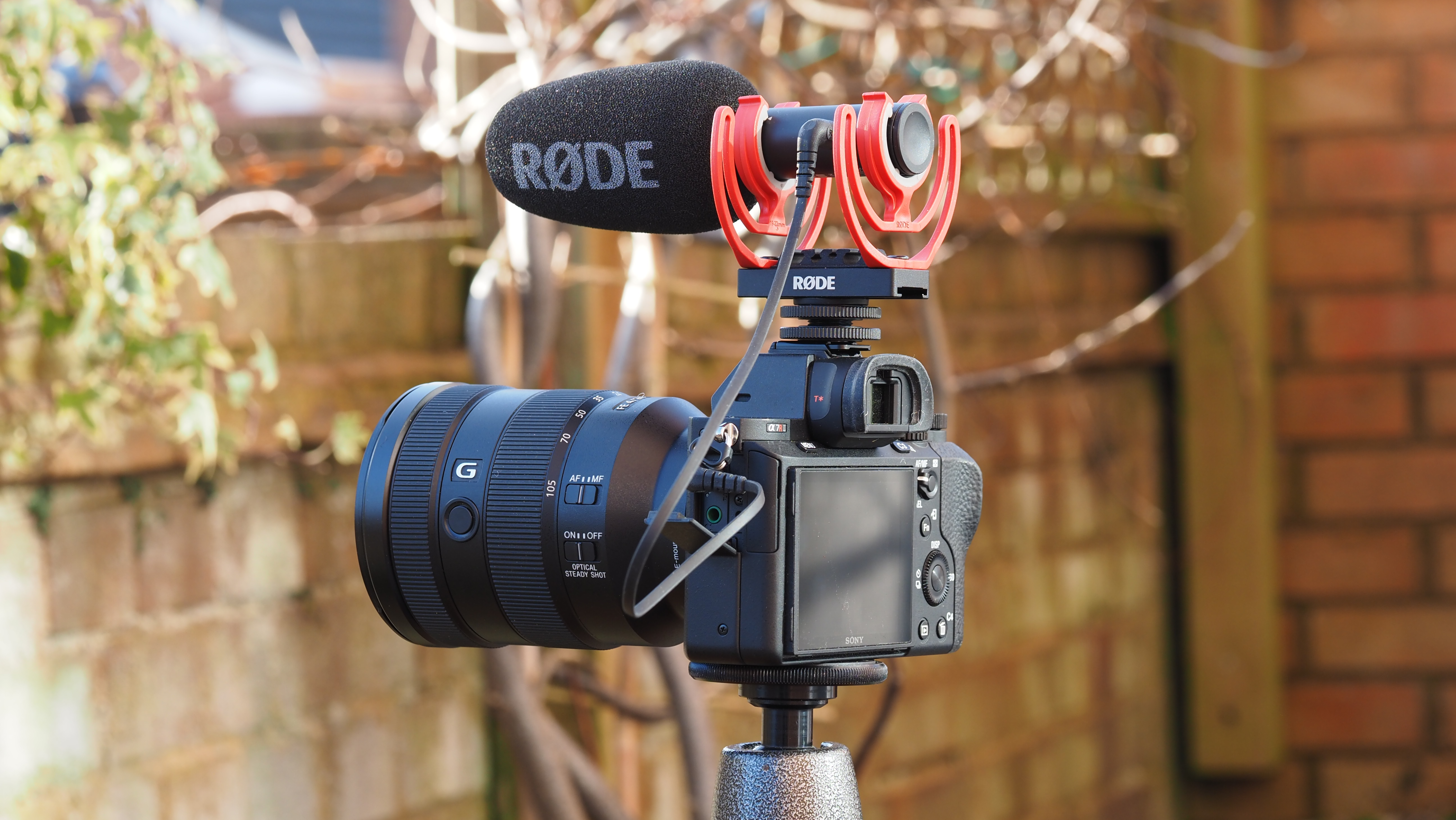
It’s hard to fault the RØDE VideoMic GO II. You can get cheaper on-camera directional mics than this, but it’s still not expensive and its combination of 3.5mm and USB output makes it practically a no-brainer for vloggers, YouTubers and podcasters who want one mic that can do lots of different jobs. The audio quality is great, the mic and its accessories are light as a feather but feel really well made, and the setup and operation is as simple as it could be.
Is it the only mic you’ll ever need? Probably not. A lav mic will be better for speech, especially at a distance, a wireless mic will be needed for long-range presenting and a stereo USB mic will be better for podcasting and interviews – but don’t forget you can plug the GO II into your smartphone and use the free RØDE Reporter app to turn your phone into a standalone audio recorder, then edit in your audio later. The RØDE VideoMic GO II doesn’t do everything, but it comes close.
Read more:
• Best microphones for vlogging and filmmaking
• Best USB microphones
• Best XLR mics
• Best audio recorders
• Best mic boom arms

Rod is an independent photography journalist and editor, and a long-standing Digital Camera World contributor, having previously worked as DCW's Group Reviews editor. Before that he has been technique editor on N-Photo, Head of Testing for the photography division and Camera Channel editor on TechRadar, as well as contributing to many other publications. He has been writing about photography technique, photo editing and digital cameras since they first appeared, and before that began his career writing about film photography. He has used and reviewed practically every interchangeable lens camera launched in the past 20 years, from entry-level DSLRs to medium format cameras, together with lenses, tripods, gimbals, light meters, camera bags and more. Rod has his own camera gear blog at fotovolo.com but also writes about photo-editing applications and techniques at lifeafterphotoshop.com

